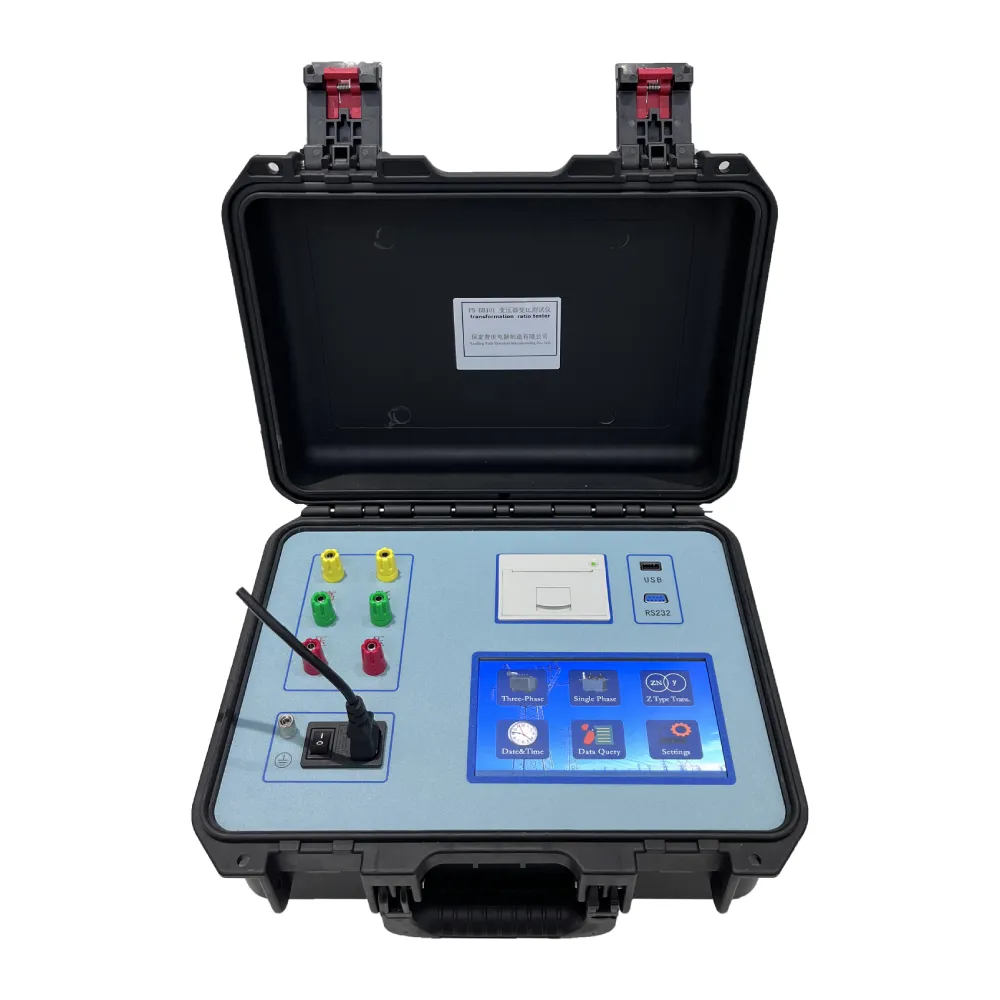 English
English



-
 Afrikaans
Afrikaans -
 Albanian
Albanian -
 Amharic
Amharic -
 Arabic
Arabic -
 Armenian
Armenian -
 Azerbaijani
Azerbaijani -
 Basque
Basque -
 Belarusian
Belarusian -
 Bengali
Bengali -
 Bosnian
Bosnian -
 Bulgarian
Bulgarian -
 Catalan
Catalan -
 Cebuano
Cebuano -
 China
China -
 China (Taiwan)
China (Taiwan) -
 Corsican
Corsican -
 Croatian
Croatian -
 Czech
Czech -
 Danish
Danish -
 Dutch
Dutch -
 English
English -
 Esperanto
Esperanto -
 Estonian
Estonian -
 Finnish
Finnish -
 French
French -
 Frisian
Frisian -
 Galician
Galician -
 Georgian
Georgian -
 German
German -
 Greek
Greek -
 Gujarati
Gujarati -
 Haitian Creole
Haitian Creole -
 hausa
hausa -
 hawaiian
hawaiian -
 Hebrew
Hebrew -
 Hindi
Hindi -
 Miao
Miao -
 Hungarian
Hungarian -
 Icelandic
Icelandic -
 igbo
igbo -
 Indonesian
Indonesian -
 irish
irish -
 Italian
Italian -
 Japanese
Japanese -
 Javanese
Javanese -
 Kannada
Kannada -
 kazakh
kazakh -
 Khmer
Khmer -
 Rwandese
Rwandese -
 Korean
Korean -
 Kurdish
Kurdish -
 Kyrgyz
Kyrgyz -
 Lao
Lao -
 Latin
Latin -
 Latvian
Latvian -
 Lithuanian
Lithuanian -
 Luxembourgish
Luxembourgish -
 Macedonian
Macedonian -
 Malgashi
Malgashi -
 Malay
Malay -
 Malayalam
Malayalam -
 Maltese
Maltese -
 Maori
Maori -
 Marathi
Marathi -
 Mongolian
Mongolian -
 Myanmar
Myanmar -
 Nepali
Nepali -
 Norwegian
Norwegian -
 Norwegian
Norwegian -
 Occitan
Occitan -
 Pashto
Pashto -
 Persian
Persian -
 Polish
Polish -
 Portuguese
Portuguese -
 Punjabi
Punjabi -
 Romanian
Romanian -
 Russian
Russian -
 Samoan
Samoan -
 Scottish Gaelic
Scottish Gaelic -
 Serbian
Serbian -
 Sesotho
Sesotho -
 Shona
Shona -
 Sindhi
Sindhi -
 Sinhala
Sinhala -
 Slovak
Slovak -
 Slovenian
Slovenian -
 Somali
Somali -
 Spanish
Spanish -
 Sundanese
Sundanese -
 Swahili
Swahili -
 Swedish
Swedish -
 Tagalog
Tagalog -
 Tajik
Tajik -
 Tamil
Tamil -
 Tatar
Tatar -
 Telugu
Telugu -
 Thai
Thai -
 Turkish
Turkish -
 Turkmen
Turkmen -
 Ukrainian
Ukrainian -
 Urdu
Urdu -
 Uighur
Uighur -
 Uzbek
Uzbek -
 Vietnamese
Vietnamese -
 Welsh
Welsh -
 Bantu
Bantu -
 Yiddish
Yiddish -
 Yoruba
Yoruba -
 Zulu
Zulu
lightning impulse test in power transformer
Lightning Impulse Test in Power Transformers
Power transformers are crucial components in electrical power systems, responsible for stepping up or stepping down voltage levels for efficient electricity transmission and distribution. Given their importance, ensuring their reliability and safety is paramount, particularly in the face of environmental stresses such as lightning strikes. The lightning impulse test is a standardized procedure that evaluates a transformer's ability to withstand high voltage surges that mimic lightning strikes, ultimately ensuring the longevity and safe operation of these vital infrastructures.
The lightning impulse test simulates the electrical stress that a transformer may encounter during a lightning event. Lightning strikes can generate extremely high voltage transients, often exceeding several hundred kilovolts, which can damage electrical equipment. To assess a transformer's resilience to such phenomena, the lightning impulse test is designed to replicate these transient voltages through controlled laboratory conditions.
The protocol for conducting a lightning impulse test involves applying a high-voltage pulse to the transformer. This pulse typically has a rise time of 1.2 microseconds and a duration of 50 microseconds, known as a 1.2/50 μs impulse wave shape, which is standardized by the International Electrotechnical Commission (IEC). The transformer under test is connected to a testing setup, which includes an impulse generator, a measuring system, and insulation between the test neon and ground to ensure safety. Special attention is paid to the setup's grounding and connection quality, as any imperfections can lead to inaccurate results or unsafe conditions.
lightning impulse test in power transformer

During the test, the applied high-voltage impulse propagates through the transformer's insulation system, affecting various components, including windings, bushings, and core structures. The impulse test gauges how well the insulation can withstand these surges without breaking down or failing. Engineers closely monitor the test, capturing critical data on voltage breakdown points, flashover events, and the overall integrity of the transformer’s insulation system.
One of the vital outcomes of the lightning impulse test is the assessment of the insulation coordination of the transformer. This concept refers to the ability of the insulation system to withstand surges and transients while ensuring that lower voltage sections remain undamaged. The test results provide vital information that helps engineers design transformers that can endure environmental stressors and maintain performance over their operational lifespan.
Furthermore, the lightning impulse test also serves as a preventive measure against potential catastrophes in the field. By identifying weaknesses or vulnerabilities in a transformer’s insulation before installation, manufacturers can make necessary adjustments or improvements, thus reducing the risk of failures that can lead to significant downtime, costly repairs, or even catastrophic accidents in power systems.
In conclusion, the lightning impulse test is a critical procedure in evaluating the resilience of power transformers against high-voltage transients, particularly those caused by lightning strikes. By simulating the electrical stresses that these transformers may face in real-world conditions, engineers can ensure that the insulation systems are robust and reliable. This not only enhances the safety and efficiency of power transmission and distribution networks but also contributes to the overall stability of electrical infrastructures. As the demand for electricity continues to grow, investing in thorough testing methods like the lightning impulse test will be essential in upholding the integrity of power systems worldwide.
-
Testing Equipment Industry Sees Major Advancements in 2025: Smart & Precision Technologies Lead the WayNewsJun.06,2025
-
Applications of Direct Current Generators in Renewable Energy SystemsNewsJun.05,2025
-
Hipot Tester Calibration and Accuracy GuidelinesNewsJun.05,2025
-
Digital Circuit Breaker Analyzer Features and BenefitsNewsJun.05,2025
-
Benefits of Real-Time Power Quality Monitoring Devices for Industrial EfficiencyNewsJun.05,2025
-
Earth Fault Loop Testing in High-Rise Building Electrical SystemsNewsJun.05,2025



